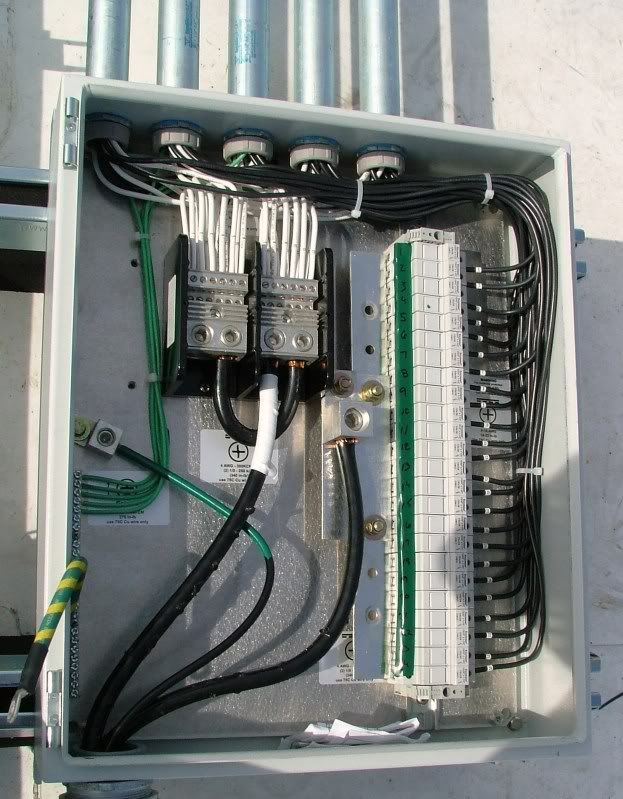ty
Senior Member
- Location
- 3rd Rock from the Sun
I can reasonably understand why.You will not get any argument from me on that. But in this area many jobs can only be bid by companies with NABCEP certification.
Not going to get into it here. the thread would get deleted.
This is part of the issue.
Seriously, nowhere in the course did they discuss 'Acceptable Wire Splicing Methods'?Not much really other than 60 hours of Monday nights at the local Community Collage and paying $85 to take a test. All it really means is the company I work for will be able to bid more jobs.
BTW, it means more than that.


